Inman News
The historic property sits on a whopping 23 private acres, yet it’s just a few minutes drive from downtown Annapolis and less than an hour from Washington, DC.

It may have a contradictory history — first as a prime location for bootlegging and then as a house of piety — but this 21,911-square-foot property set on the Severn River in Annapolis, Maryland, can really accommodate any kind of use its new owner finds appropriate — including as a functional home.
The historic property for sale at 1604 Winchester Road for $24.9 million sits on a whopping 23 private acres, yet is just a few minutes drive from downtown Annapolis and less than an hour from Washington, D.C. Built in the 1920s, the mansion standing on the property today was originally owned by E. Bartlett Hayward, a wealthy local who made his fortune casting 75-millimeter shell casings for French field guns used in World War I, and also happened to be a bootlegger during Prohibition. Eventually, the property changed hands once after about 20 years, and then a group of Franciscan friars came to occupy the place in 1950.
After their arrival, the friars built a chapel (complete with a bowling alley in the basement), a tennis court and several outdoor pizza ovens on the property. By the 1980s, however, the friary was dissolved and sold to local investors. Over the next few years, the property changed hands and uses a few times, including becoming a private Japanese boys’ boarding school at one point.
“It’s just had this crazy, interesting history and I think that’s one of the things that makes it unique and special,” DeSantis said. “When you’re selling a property like this, presumably it’s not just sticks and bricks for somebody who wants to live there, but this is really a trophy property that somebody who has these resources would want to acquire.”
Along with extensive interior renovations, some of the property’s original buildings were removed by the sellers, Steve and Maxine Phillips of Phillips Seafood Restaurants and Phillips Foods, over the course of nearly six years after they purchased the property for $2.5 million in 2002. The couple removed the dormitory since it had less architectural and historical value, and replaced it with an infinity pool. Although they also considered removing the chapel, they kept it since, “it just seemed to sort of belong to the rest of the house,” as Ms. Phillips told Bloomberg.
However, the church’s confessional is something that didn’t make the cut.
“My husband thought I’d make him sit in it,” Phillips said.
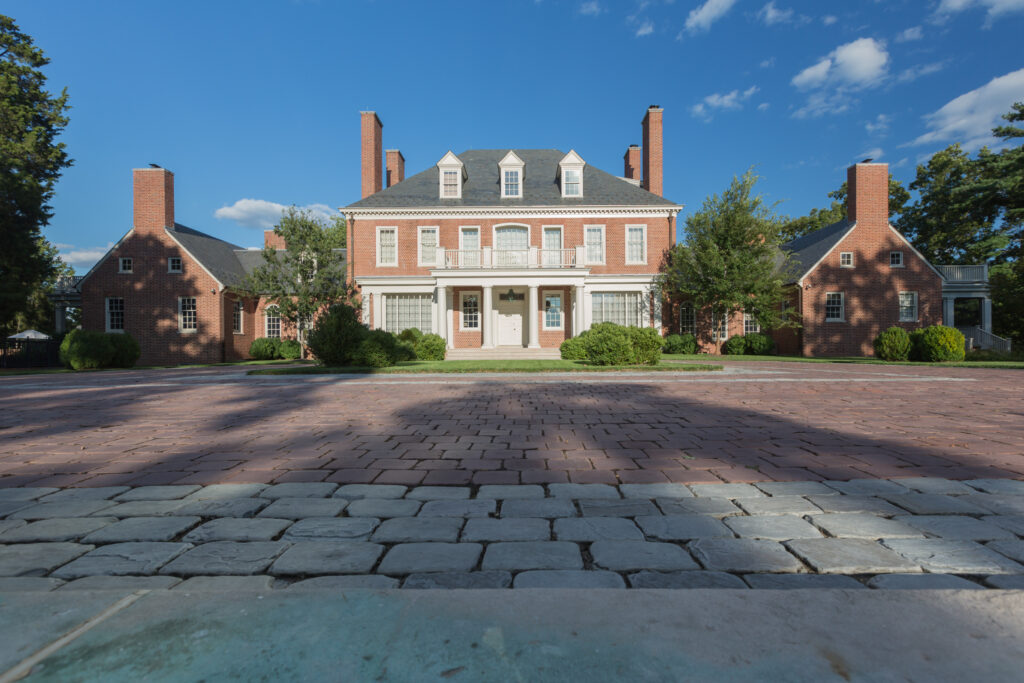
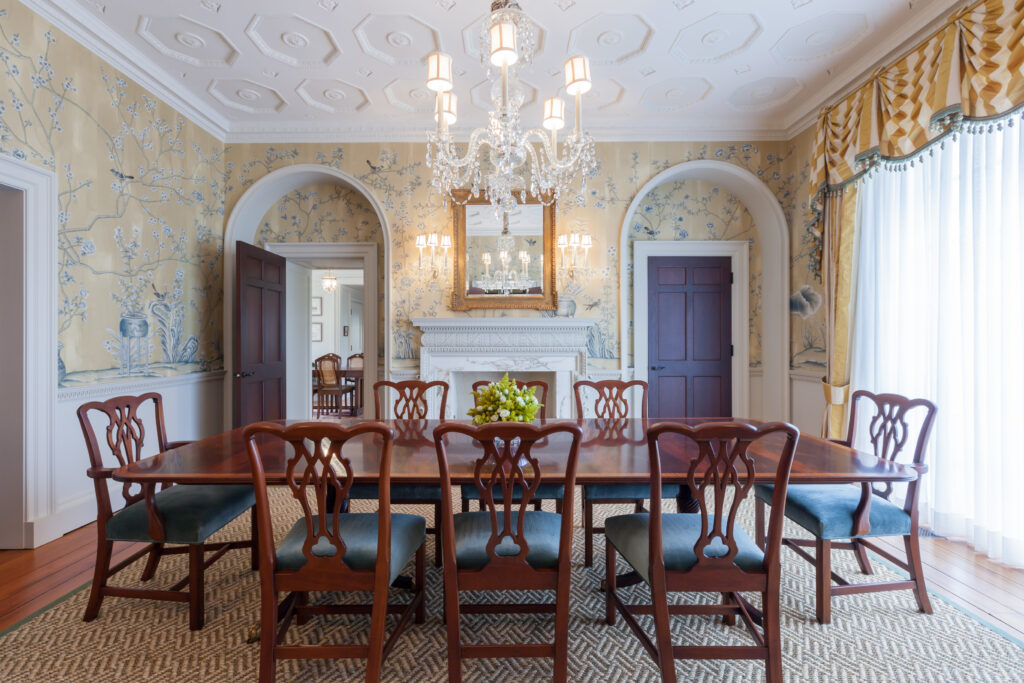
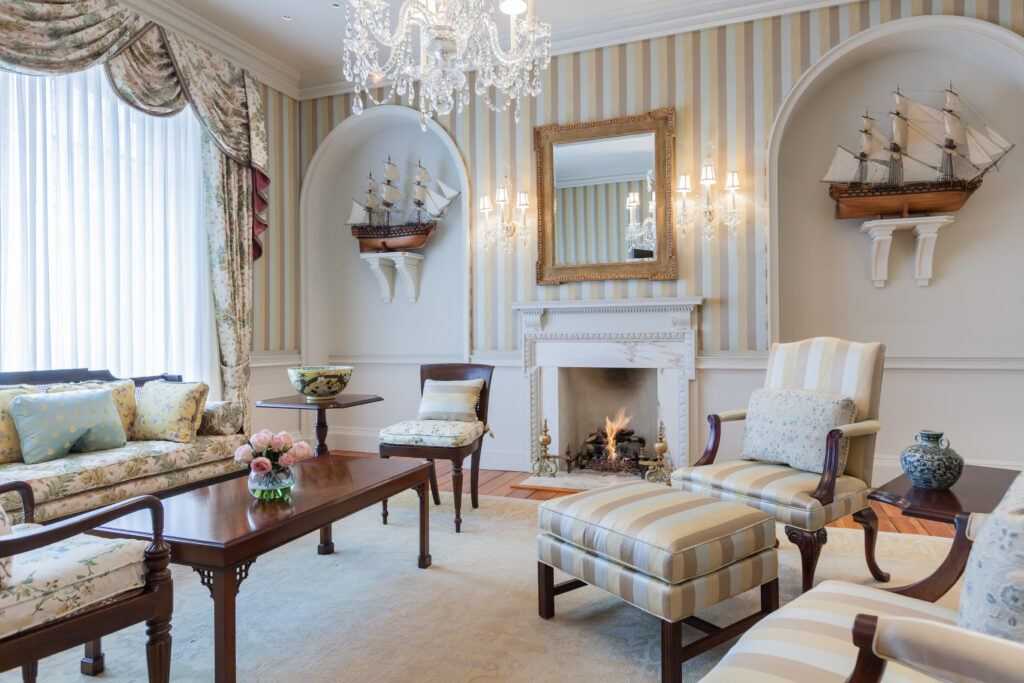
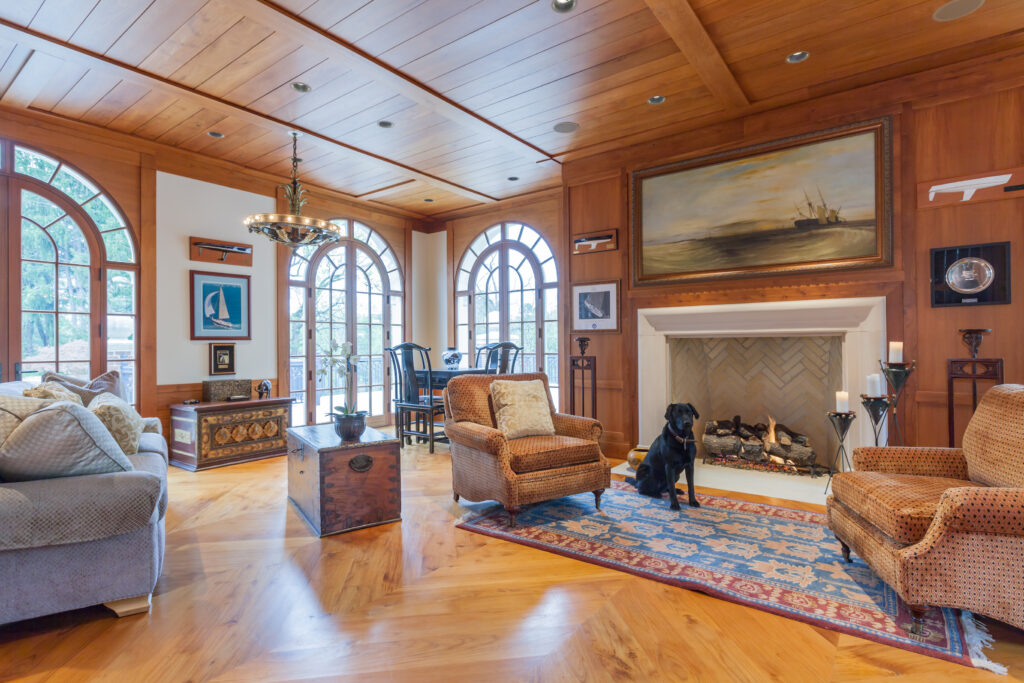
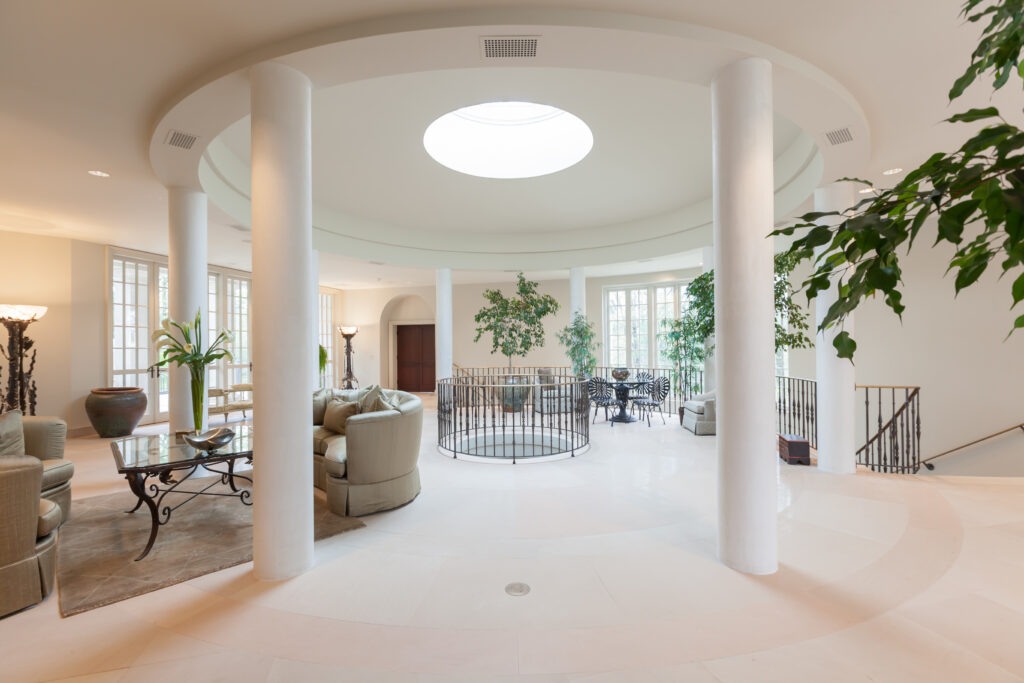
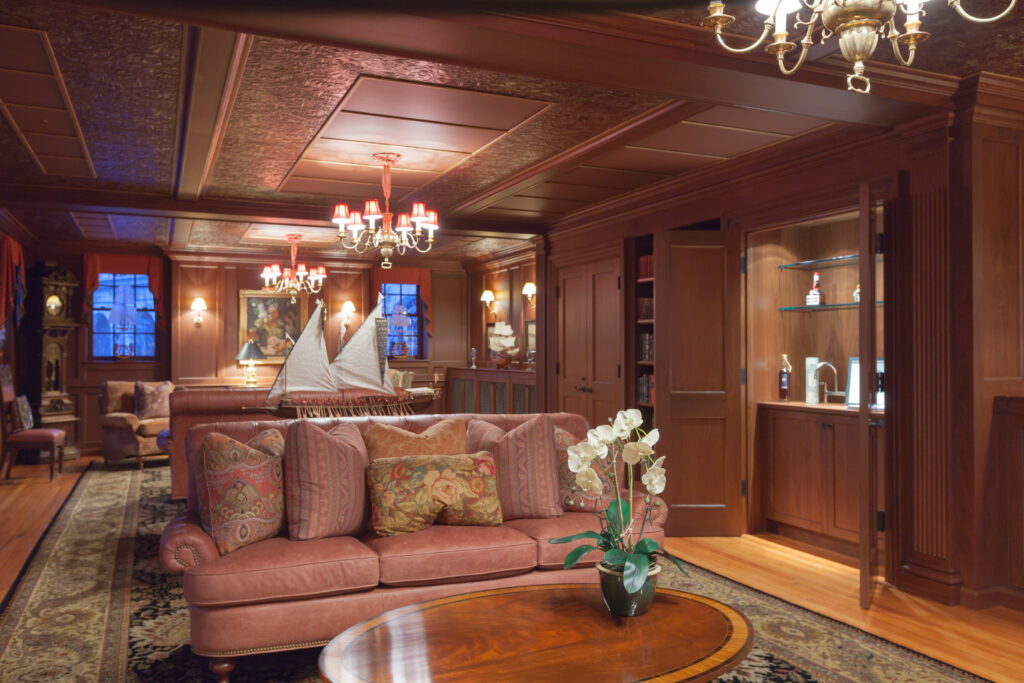
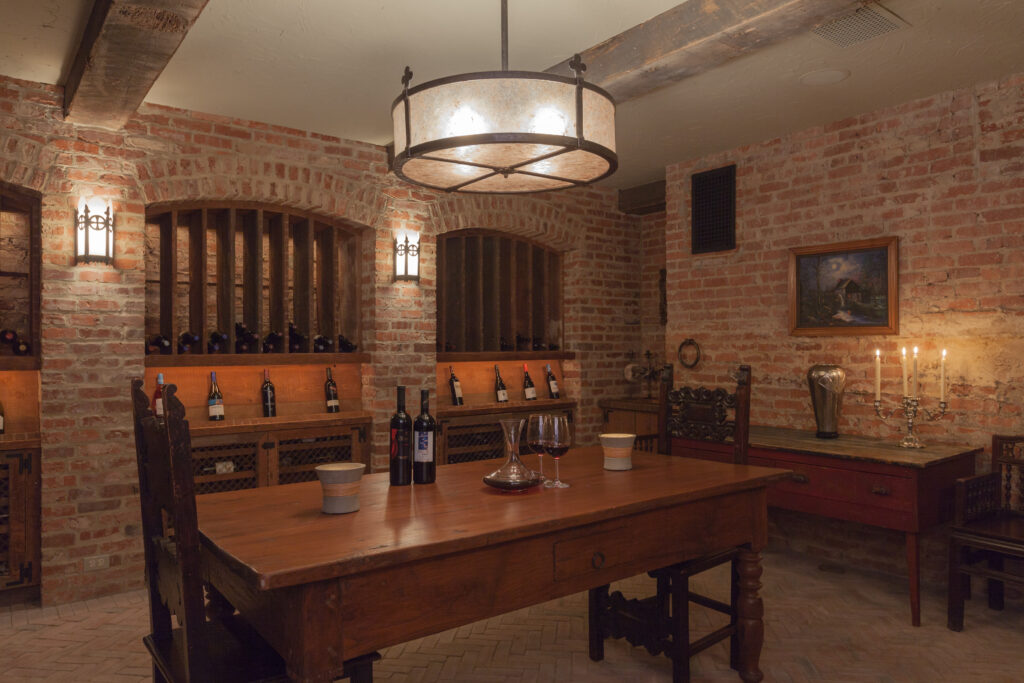
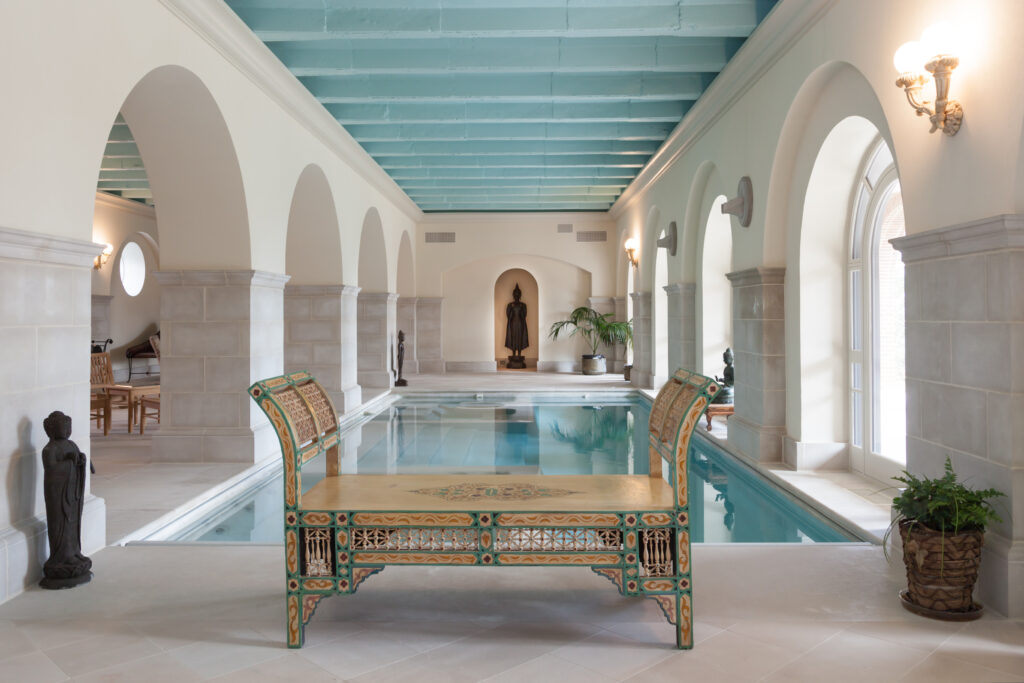
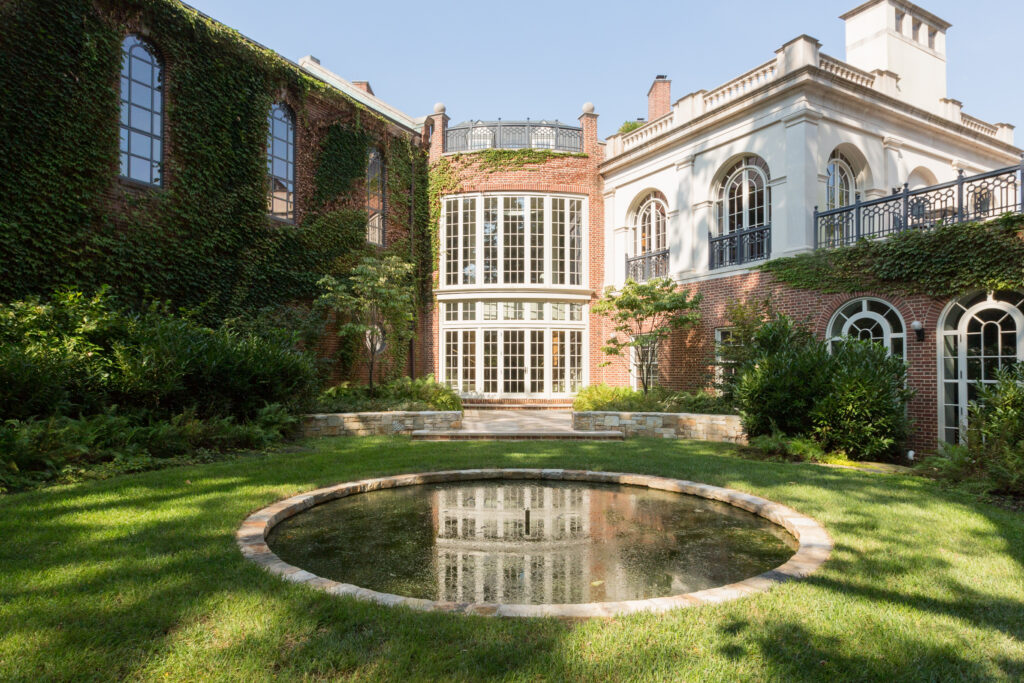
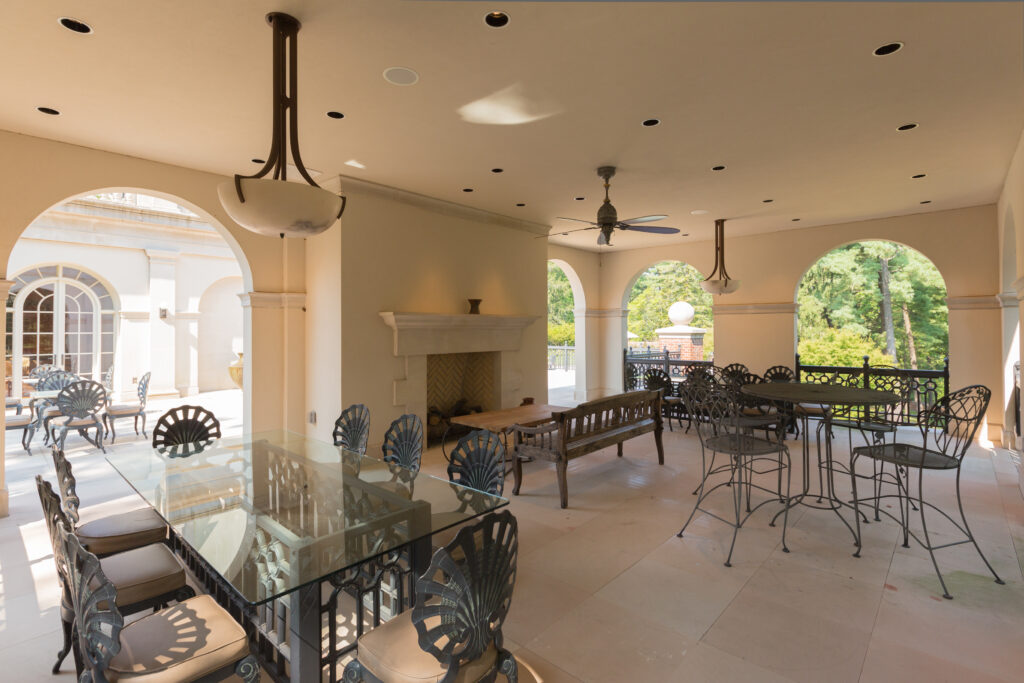
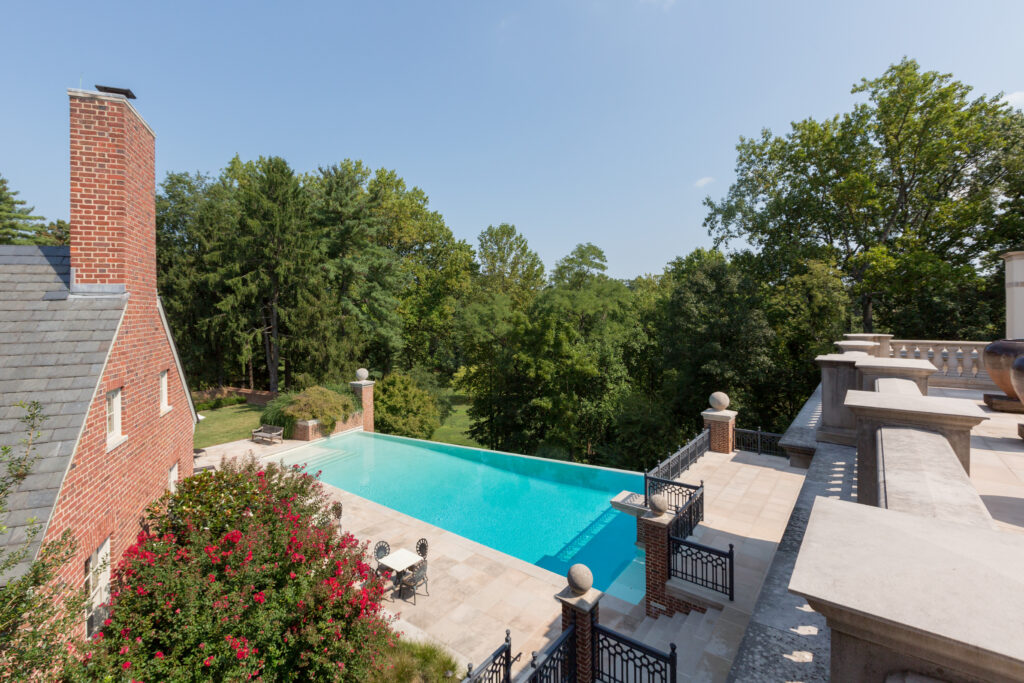
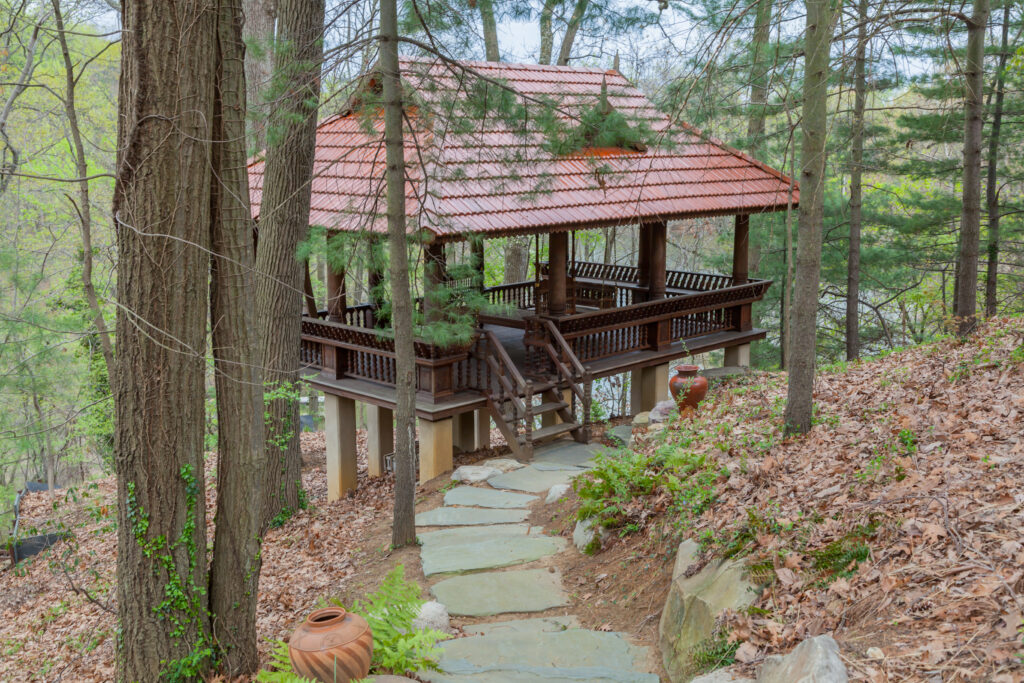
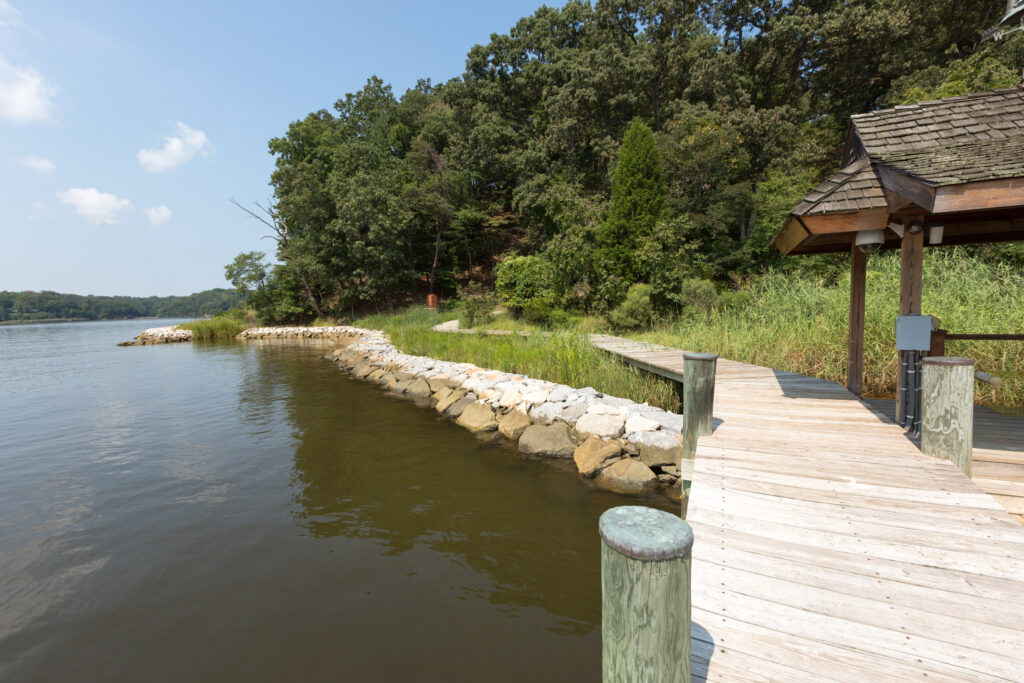
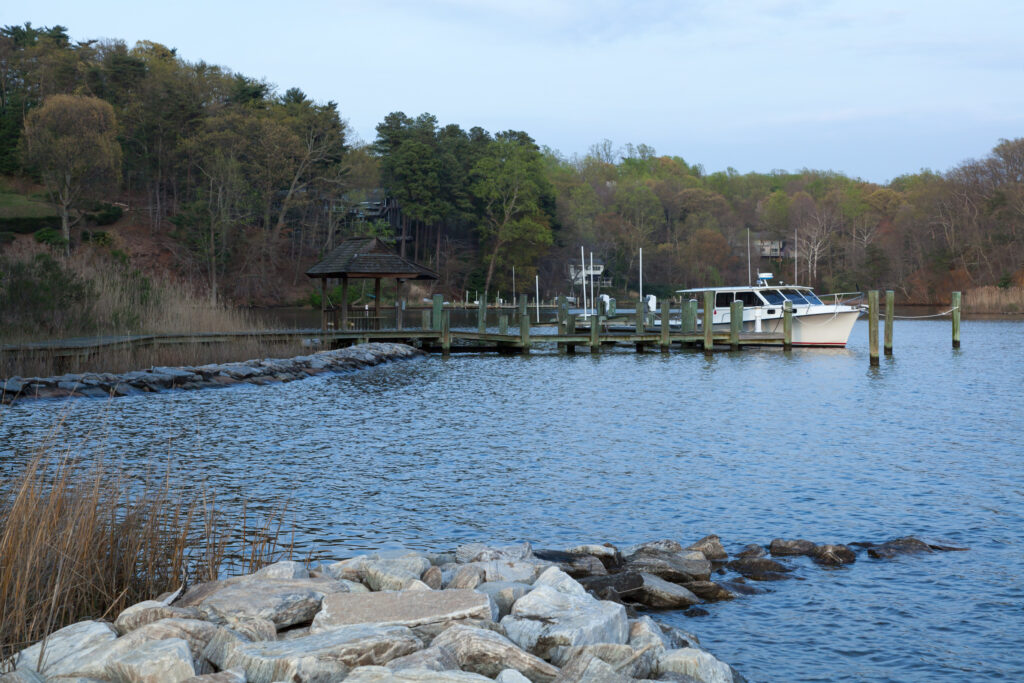
Perhaps one of the property’s most intriguing features that remains accessible today is a series of underground tunnels leading down hill from a false safe in the home to the property’s dock on the waterfront. While it’s believed that the tunnels were used to smuggle moonshine, there’s also been speculation that the property was once a stop on the Underground Railroad, and that the tunnels were used to hide slaves trying to escape to freedom.
“The point of the tunnel was to be a tunnel that goes down the hill that the house is built on down to the dock, so that they could, ostensibly, I think it was to smuggle moonshine,” DeSantis said. “But, there’s also some speculation that the house at some point played a role in hiding freed slaves prior to the Civil War, although I don’t have any independent verification of that. But [the tunnels are] still there …”
During their years of repairs, The Phillips’ conducted detailed restorations to the home’s original architecture while preserving its classic Georgian style, including replacing horsehair plaster ceilings with new horsehair plaster ceilings, sourcing pine boards to match existing flooring and taking samples of the home’s marble to Carrara, Italy, to acquire more marble to be matched with the current mantlepieces.
In addition to the restorations, the couple made new additions to the property like replacing the friars’ bowling alley with an underground pool and spa, constructing a funicular for transportation to and from the waterfront, creating a teak pavilion — or tea house — in the woods, and installing an outdoor kitchen.
“It’s a lot of work to restore a historic property like this, particularly one that has been changed around in the way it was to accommodate the monastery and school and whatnot, so it’s a lot of work, even on a good day, in an easy renovation,” DeSantis noted. “But, Steve and Maxine definitely didn’t take the easy way out. It’s a commercial-grade level of construction.”
